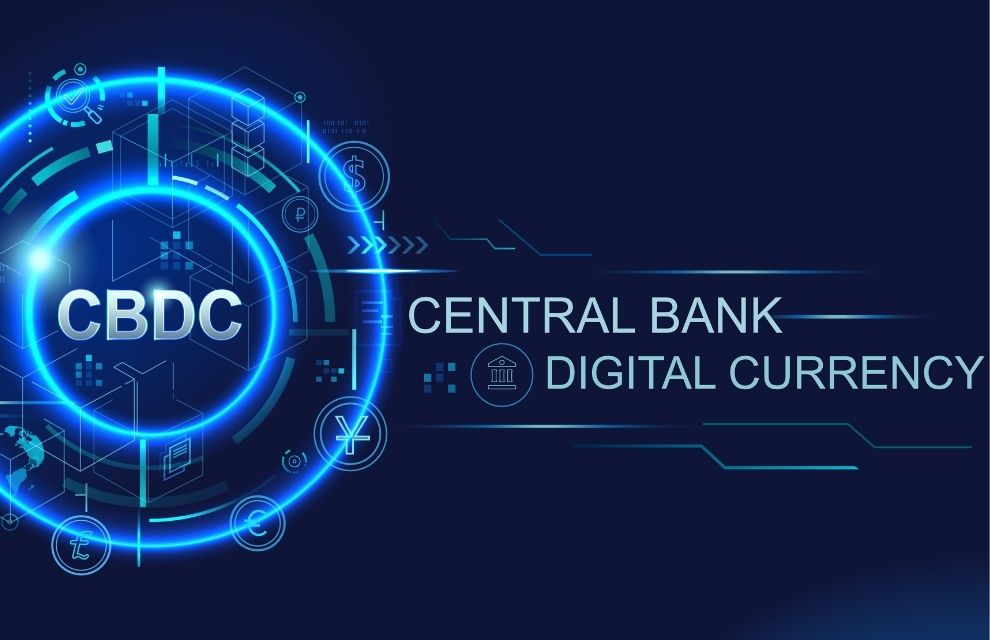BIS Innovation Hub validates prototype for multi-CBDC platform for international settlements
22 March 2022 APAC
 Image: AdobeStock/Buffaloboy
Image: AdobeStock/Buffaloboy
The Bank of International Settlements (BIS) Innovation Hub has finalised the design of prototypes for a shared platform that will enable international settlements using multiple central bank digital currencies (mCBDCs).
Developed under its Project Dunbar initiative, which is led by the BIS Innovation Hub’s Singapore Centre, this project has verified that financial institutions are able to use CBDCs issued by participating central banks to conduct transactions with each other on a shared platform.
The Innovation Centre has validated the operation of the prototype using CBDCs issued by the Reserve Bank of Australia, Bank Negara Malaysia, the Monetary Authority of Singapore and the South African Reserve Bank.
This, it notes, will reduce reliance on financial intermediaries and the costs and time taken to process financial transactions.
Project Dunbar has operated through three workstreams, one focused on developing the high level functional requirements and design for the project, and two parallel technical streams that have developed mCBDC prototypes for different blockchain-technology platforms, specifically Corda and Partior.
BIS indicates that the project has tackled three critical questions. Which entities should be allowed to hold and conduct transactions with CBDCs issued on the platform? What steps can be taken to simplify the flow of cross-border payments while accommodating regulatory differences across jurisdictions? And what governance arrangement will give countries confidence to share critical national infrastructure such as a payments system?
Following testing of the platform prototype, the Project Dunbar team advise that participating central banks should be allowed to retain control of the application rules on a jurisdictional and currency level, thereby ensuring that the platform operates a governance structure that is acceptable to each participating central bank.
Andrew McCormack, head of the BIS Innovation Hub Centre in Singapore, says: “A common platform is the most efficient model for payments connectivity, but is also the most challenging to achieve. Project Dunbar demonstrated that key concerns of trust and shared control can be addressed through governance mechanisms enforced by robust technological means, laying the foundation for the development of future global and regional platforms.”
Developed under its Project Dunbar initiative, which is led by the BIS Innovation Hub’s Singapore Centre, this project has verified that financial institutions are able to use CBDCs issued by participating central banks to conduct transactions with each other on a shared platform.
The Innovation Centre has validated the operation of the prototype using CBDCs issued by the Reserve Bank of Australia, Bank Negara Malaysia, the Monetary Authority of Singapore and the South African Reserve Bank.
This, it notes, will reduce reliance on financial intermediaries and the costs and time taken to process financial transactions.
Project Dunbar has operated through three workstreams, one focused on developing the high level functional requirements and design for the project, and two parallel technical streams that have developed mCBDC prototypes for different blockchain-technology platforms, specifically Corda and Partior.
BIS indicates that the project has tackled three critical questions. Which entities should be allowed to hold and conduct transactions with CBDCs issued on the platform? What steps can be taken to simplify the flow of cross-border payments while accommodating regulatory differences across jurisdictions? And what governance arrangement will give countries confidence to share critical national infrastructure such as a payments system?
Following testing of the platform prototype, the Project Dunbar team advise that participating central banks should be allowed to retain control of the application rules on a jurisdictional and currency level, thereby ensuring that the platform operates a governance structure that is acceptable to each participating central bank.
Andrew McCormack, head of the BIS Innovation Hub Centre in Singapore, says: “A common platform is the most efficient model for payments connectivity, but is also the most challenging to achieve. Project Dunbar demonstrated that key concerns of trust and shared control can be addressed through governance mechanisms enforced by robust technological means, laying the foundation for the development of future global and regional platforms.”
NO FEE, NO RISK
100% ON RETURNS If you invest in only one asset servicing news source this year, make sure it is your free subscription to Asset Servicing Times
100% ON RETURNS If you invest in only one asset servicing news source this year, make sure it is your free subscription to Asset Servicing Times



